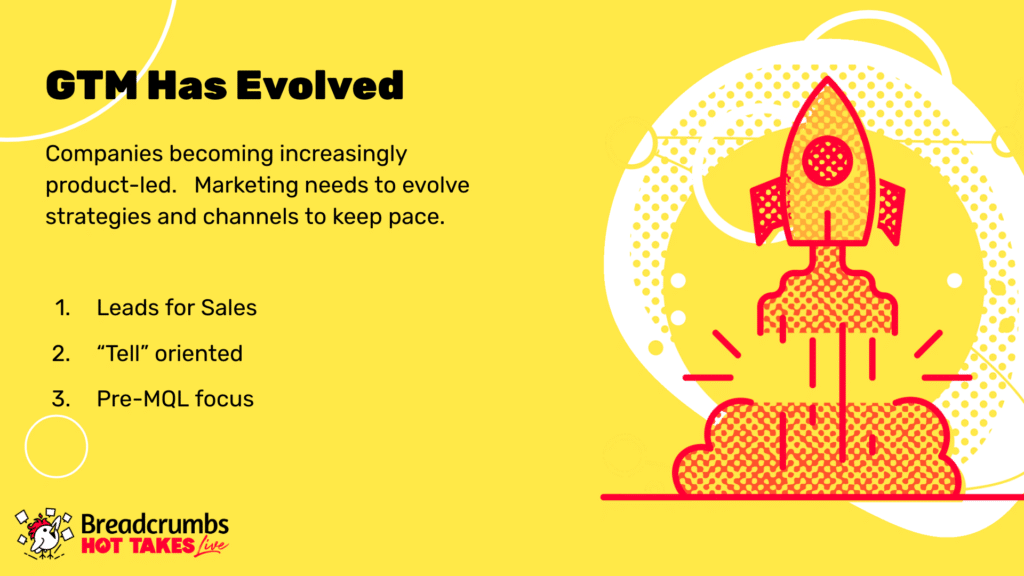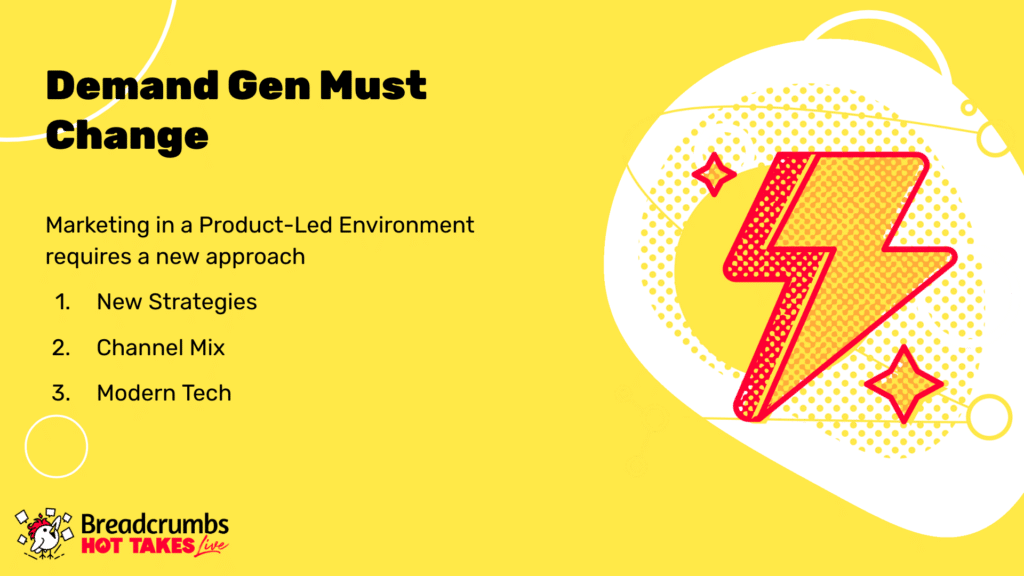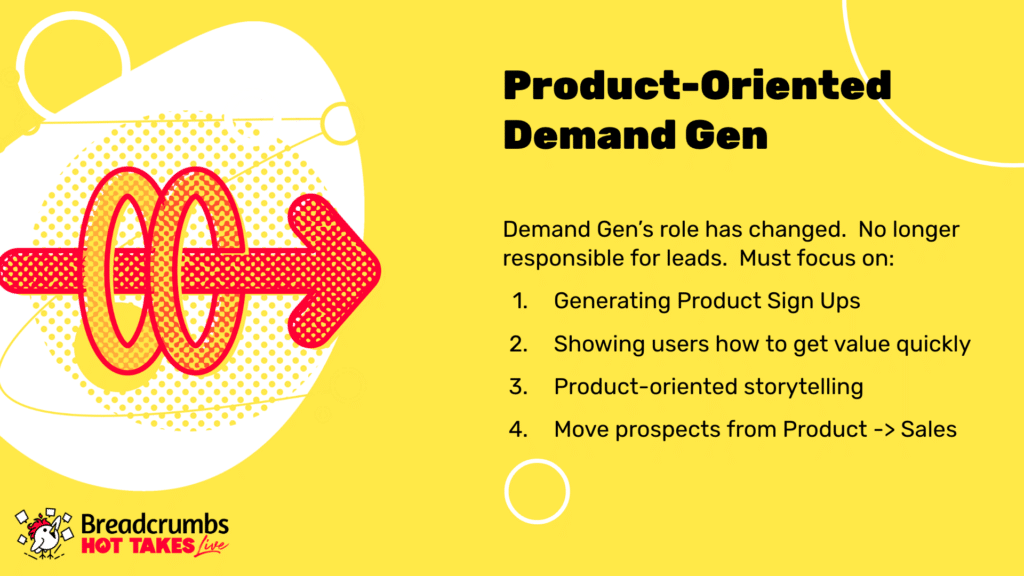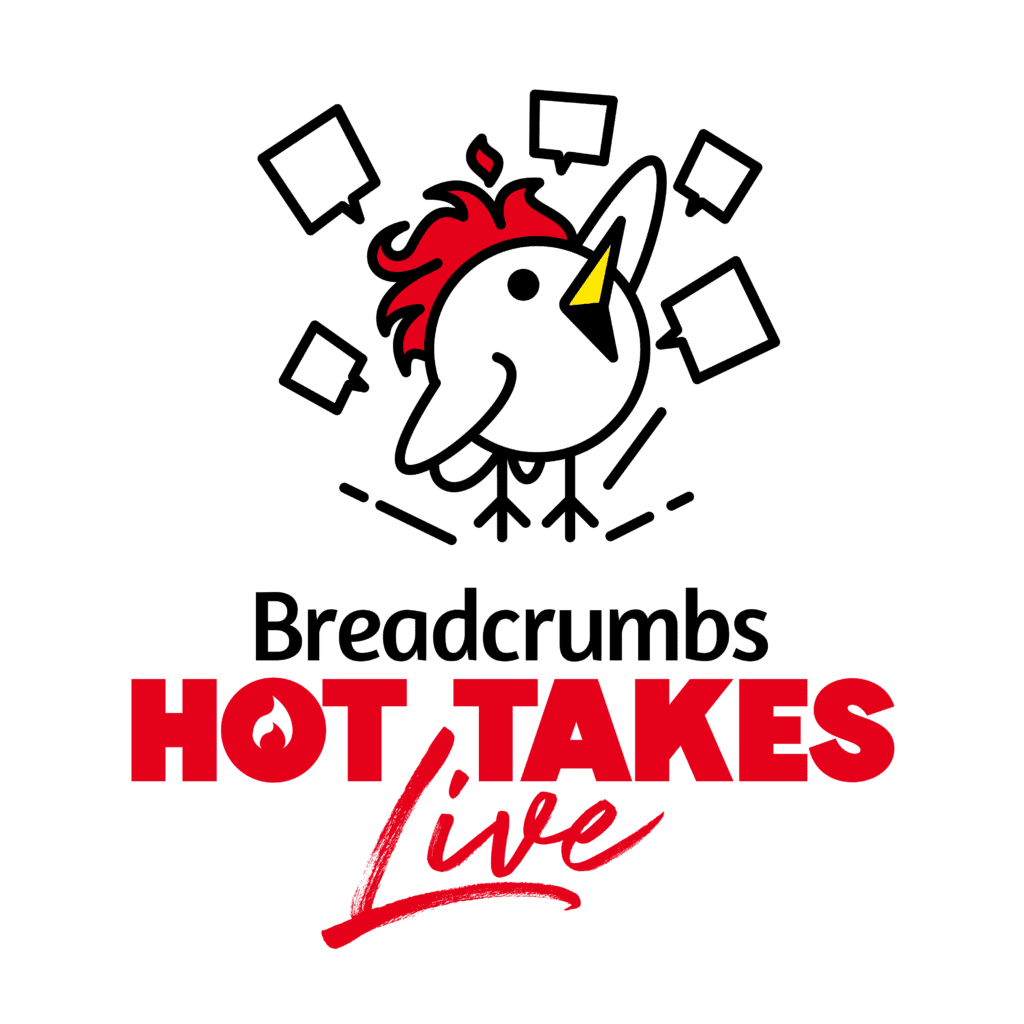

Unkover your competitors’ Marketing Secrets
Say goodbye to wasting hours on competitor analysis by equipping your team with an AI-driven, always-on competitive intelligence platform.


Say goodbye to wasting hours on competitor analysis by equipping your team with an AI-driven, always-on competitive intelligence platform.

Stay Ahead with AI-DRIVEN Competitive Intelligence
Unkover is your AI-driven Competitive Intelligence team delivering critical updates about your competitors the moment they happen:
Track your competitors website changes
Why spend all day stalking the competition when you don’t have to?
With Unkover, you’ll know instantly when your competitors tweak their messaging or shake up their pricing. No more endless scrolling through their sites or second-guessing your strategies.
Let us do the heavy lifting for you, ensuring you’re always in the loop by notifying you the moment a critical change happens on your competitor’s pages.
Sit back, relax, and keep winning—Unkover makes sure you’re not just in the game, you’re always a step ahead.


Read your competitors emails
Companies love updating their customers and prospects about relevant news, product updates, and special offers.
That juicy info from your competitors? It’s yours too. Unkover will automatically capture all their emails and bring them right to your doorstep—accessible to your entire team, anytime.
[COMING SOON: Our fine-tuned AI will sift through these emails, extract key information and send them over to the best team within your org. Less noise, more signal!]
We hear you! Unkover’s goal is not to flood you with tons of data points that no one in your team will ever read. We gather competitive intelligence from thousands of data sources and use AI to highlight actionable information to the right team in your company.
Say goodbye to noise. We’re 100% signal.
ROADMAP
We’re excited to get Unkover in your hands as soon as possible and keep building the best competitive intelligence tool with your precious feedback. The roadmap for the next few months is already exciting, so take a look!
While we build and deliver, here’s our promise to you: as an early tester and customer, you’ll lock in an exclusive bargain price we’ll never offer again in the future.

Spy on your competitors’ full marketing strategy: social, ads, content marketing, email flows, and more.

Track competitive Win/Loss analysis and build battle cards. Get alerted at every pricing change.

Get immediate alerts when competitors announce new features or major releases. Identify strengths and weaknesses from online reviews.

Get the competitive intelligence you need where you need it: Slack, eMail, MS Teams, Salesforce, Hubspot, Pipedrive and more.
slack integration
Unkover’s Slack integration lets you keep your whole team up to speed with your competitors’ updates.

Join now to lock in an exclusive 50% lifetime discount
For startups and small teams, it’s the essential toolkit you need to keep an eye on a select few competitors.

Up to 5 competitors

50 pages monitored

10 email workflows

3-day data refresh
$39
/per month
$ 79
50% discount
Billed annually
For growing businesses, it allows you to monitor more competitors, pages, and email workflows.

Up to 10 competitors

100 pages monitored

20 email workflows

1-day data refresh
$79
/per month
$ 159
50% discount
Billed annually
For large companies, it is tailored to meet the needs of multiple teams needing granular insights.

Custom number of competitors

Custom number of pages monitored

Custom number of email workflows

Hourly data refresh
Custom price
Billed annually

The New Demand Generation Paradigm in a Product-Led World Product-Led is replacing Sales-Led as the primary go-to-market motion for many businesses. This paradigm shift requires a change in marketing as well. We can no longer rely on gating content to capture and nurture leads with content. MQLs are no longer our most important KPI.
In this session, Danny Essner, VP of Marketing at Chameleon, will explore what the impact is on Marketing teams from moving from a Sales-led to a Product-led or hybrid go-to-market motion.
We’ll look at what strategies and best practices ruled the Sales-led era and focus on three new strategies marketers can employ to generate demand more effectively in a product-led environment.
Although transcriptions are generally very accurate, just a friendly reminder that they could sometimes be incomplete or contain errors due to unclear audio or transcription inaccuracies.
Armando Biondi
Our next speaker is Danny Essner, VP of Marketing at Chameleon.io. Welcome, Danny.
Danny Essner
Thank you, Armando, great to be here.
Armando Biondi
Happy to have you. Your hot take is ‘the Demand Gen must show, not tell in a Product-Led World.’ Cannot wait for that. Tell us more.
Danny Essner
Thank you. Well, again, thank you, Armando. It’s an honor to be here, really excited to chat with everyone; I want to talk a little bit about how demand gen has to evolve in a world that’s now product-led rather than sales-led.
Just a quick background on me: I lead marketing at a company called Chameleon. We’re a digital adoption platform. This means we help product and marketing teams build in-app experiences like tours, tooltips, and checklists that speed up product adoption and usage of features, drive more revenue, and reduce churn.
I visited 16 countries, going to Italy this summer. I know that’s special for you, Armando, so that’ll be country number 17; very excited about that.
But let me talk a little bit about why I think demand gen needs to evolve, and the reason is obviously that we’re quickly moving from a world that was predominantly sales-led to a world that is increasingly product-led, or at least a hybrid between product and sales-led.
The world of demand gen, which grew up in a sales-led go-to-market motion, was really codified years ago by the marketing automation platforms, companies like HubSpot, Marketo, and Eloqua.
These companies codified a playbook that I think a lot of B2B marketers have used for many years and still use today, and this is the idea that our job is to generate leads for the sales team, and we’re going to do that by creating a lot of really good content, and we’re going to get that content out into the market through SEO and social and content syndication, and we’re going to drive people to our website with that content, and we’re going to gate that content so they now have to fill out a form to get that content and now we’ve got them.

Right, and now this is a lead, and we can nurture them through email and keep engaging them on our website, until we think through lead scoring or through them raising their hand that they are an MQL, a marketing qualified lead, and they’re ready for sales, and then we hand it over to sales, and it’s almost like a relay race where we pass over the baton to the sales team.
Marketing’s job is done. We generate the PQL, high-five marketing, and now it’s sales job; sales does the demo, shows the product, explains the competitive differentiation, and really closes the deal. That’s the sort of paradigm that we’ve been living in for the last, I don’t know, 10, 15, maybe even 20 years, and in that world, marketing’s job is really to generate leads. It’s to tell about the problem, it’s education, but it’s really not about showing the product.
Of course, we had screenshots on our websites, maybe even some small videos, but the job of showing the product and showing the competitive differentiation of our product, why it’s better than the alternatives out there, was really the job for the sales team and marketing wouldn’t want to steal sales its thunder.
So all of our work really was around capturing the lead and really this pre-MQL focus, and once the MQL was generated, we felt that our job was done. But something’s happening now, and that is that we’re moving to a product-led environment, and that means that customers aren’t talking to sales right away.
They are signing up for a free product, a free trial of the product, or a sandbox, and they are exploring the product for themselves. So, our job of generating an MQL goes away. We now need to really be much more involved post that conversion point of signing up for the product and marketing through all the way to the end, and that means that our demand gen strategies need to change.

We need new channels, we need new strategies, we need modern tech. You know, I think the tech stack that we built was really cornerstoned around these marketing automation platforms: HubSpot and Marketo, Eloqua, and I’m not saying that we shouldn’t continue to use those platforms, I think that they provide a lot of value, but a modern stack doesn’t necessarily revolve around them where email and nurturing is the primary channel in which we engage our customers.
So, in a product-led world where customers are now coming to our website, and the first thing they’re doing is signing into a free trial or free product and playing with the product, the role of marketing needs to change. We can’t just continue to gate content.
People expect content to be free. We need to get rid of those gates, and if we’re not gating content, then what is our strategy? Well, if people are going into the product, we need to actually not just show people the product–and we do need to show people the product–we need to show people how to get value out of that product.
We can’t just dump them into a free trial. Marketing needs to help customers understand how to get value from the product. What are some of the points of differentiation that they should be looking out for when they’re exploring our product to understand why we’re better than the competitive alternatives?
Right, this is a job that sales used to do. Now marketing needs to take that over, and that’s part of our demand gen responsibility. Think about the channels, right? You know, in our sales-led MQL-centric world, our primary strategies, our primary channels, were the website and email, right?
It was all about email nurturing. Once you capture that lead from a gated asset. Well, now our channels are probably more around product demos or in-app messaging because we have people inside free versions or free trials of our product, which becomes a really important channel for engagement, and so we need a modern tech stack that allows us to engage people with these new strategies and these new channels.
So, what is our job as demand-gen marketers in the product-led world? First, we need to really be focused on helping to drive those product signups, whether again that’s for our sandbox or a free trial or free product, rather than generating a lead, but again, our role doesn’t stop there.

We need to show people how to get value from that signup. Once they get in, what are they supposed to do? Do you want them to create an action, to do something viral, and add other users? And then what’s the goal of them taking that free trial or free version? Are you trying to get them to convert to paid on their own through a credit card sign-up?
Well, marketing needs to then make sure that they’re marketing through the entire journey to drive the customer getting to what we call an ‘aha moment’ and seeing value from your free trial or free product and go into that conversion or is the goal to still get them from that product-led start of the journey to a sales-led completion of that journey.
In that case, your job is to move prospects from the product side to the sales side and make sure that the transition is as smooth as possible. So, it’s identifying when people have gotten value and when they might be ready for sales and moving them over.
So instead of an MQL, maybe now it’s a PQL, and to do that, you need to really invoke product-oriented storytelling. On your website, inside your app, and in your emails. It’s much more showing and much less telling because the sales team is no longer there to do the demo and to do the telling for us.
So, what are the technologies that we need in our modern stack? To be able to be much more show-oriented marketers rather than tell-oriented marketers. The first is a much more demo capabilities. I think there’s a really interesting emerging category of technology in product demo software that’s meant to live on your website, or it can even be delivered through email.
Products like Navattic, Walnut, or Reprise are great demo technologies. In-app messaging becomes a really important channel for marketing and engagement for marketers. This is a technology that allows marketing teams to deliver messages and guidance to users inside the app without relying on engineering resources.
So once the customers get into the free trial and they’re playing, you can now message them to help them understand what they need to do, where to get help, and what competitive differentiation they should be looking out for as they explore the product on their own.
And then the third piece is product-to-sales connectivity, and this is an umbrella category of tech. There are lots of tools here, but this is around product scoring, so you can understand when you have a PQL that you should be surfacing to the sales team. This takes the place of legacy marketing automation and lead scoring that you might have in our Marketo or HubSpot.
This might be tools like Chili-Piper that allow you to deliver lead routing directly to the right salesperson from inside your app. To make sure that the transition from a product exploitation to a sales conversation is happening as smoothly as possible. So make sure that that product-to-sales connectivity is happening, just like you used to have the marketing-to-sales connectivity and your marketing automation to CRM.
So these are the, really what I call, the three new components of a modern tech stack. Again, this is not to say that you don’t need marketing automation anymore. We at Chameleon don’t use marketing automation, but I know many companies that do. I think a modern tech stack is now built on these tools that allow us to do much more showing and much less telling.
So, just to wrap up your marketing and your demand gen strategy really needs to align with your company’s go-to-market motion. If you’re still sales-led, then maybe the Legacy version of generating MQLs and handing those over to sales still works, but if you are now product-led or a combination of product and sales-led and using the two in combination, then you need to be much more show-oriented and much less tell-oriented in your go-to-market strategy.
Opening it up for questions.

Hot Takes Live
Replays
Catch the replay of Hot Takes Live, where 30 of the top SaaS leaders across Marketing, Sales, and RevOps revealed some of their most unpopular opinions about their niche.
These leaders shared what lessons they learned and how they disrupted their industry by going against the grain (and achieved better results in the process).
Armando Biondi
Danny, this is awesome. Thank you so much. And a topic that’s very near and dear to our heart as well. If there are questions, as per usual, feel free to write them in the chat. We’ll pick them up from there.
One thing that I was wondering while listening to your talk track is, besides the tooling part, from a functional point of view, it sounds like, the way you’re talking about demand-led, product-oriented, demand-led, once upon a time, would have been product marketing, so would you agree with that?
Danny Essner
Yeah, I think it’s really interesting that the fuel for demand gen over the last few years was really the content team in a lot of B2B marketing organizations. This team was creating ebooks and white papers and other sorts of long-form assets, and I think now a lot more of the fuel that’s going into the demand gen mix in this new product-led approach is actually coming from the product marketing team.
A lot of demos, it’s feature videos, it’s more case studies in different formats. And so I think that’s a real paradigm shift in how teams think about demand gen and also the content feeding into demand gen and teams that are supplying it.
Armando Biondi
Yeah, and the one difference that I can think about, going back to that product marketing comparison, is that again, once upon a time, product marketing wouldn’t have clear KPIs and OKRs with regards to conversion rates and funnel efficiency and to some degree in this new product-oriented demand-gen story that you are advocating for and talking about, they do, right? Because they are part of that funnel, is that the right representation?
Danny Essner
Yeah, and I think there’s a real convergence on goals and KPIs between the product team and the marketing team because we’re now driving product signups rather than driving leads, and which team in marketing or sometimes product is that nucleus that connects product and marketing? Well, it’s the product marketing team.
So yes, I think product marketers need to sign up for goals around product sign-up conversions from product to PQL or to paid plan, and I think they have become a much more metric-oriented marketing function, which is really exciting.
Armando Biondi
Yeah, absolutely, and I agree with that. I’m wondering, many companies still think about two parallel paths, like product-driven, go-to-market, or sales-driven type of motion. If you look at their website on their homepage, they have ‘sign up for free’ versus talk to sales.’ Is that how you guys are thinking about it or how you see how you think about it? What’s the lay of the land there?
Danny Essner
Yeah, I think it’s interesting. I think that we have decided that we’re not going to be entirely product-led or entirely sales-led. We think that there’s a mix of both, and part of it is the market segment.
Mid-market and towards Enterprise tend to want to engage the sales team, smaller companies tend to want to be a little bit more self-served, and then there’s a whole set of companies that want to do a lot of their product research on their own, but they still want the sales team to help with solution design and still need help with security reviews.
When technology is going behind the firewall, it’s still a complex sale, and sales team and sales engineering teams can still add a lot of value, so we’re not looking to replace that. We’re looking to really balance the best of both worlds between what product-led can do and what sales-led can add value to.
Armandi Biondi
Yeah, I would agree with that, and I think the most sophisticated marketer demand-gen people very much think along the same lines, right?
Instead of being marketing-led, product-led, or sales-led and thinking about those things in isolation, it’s more about how marketing and product and sales can contribute to the buyer’s journey, and it’s not as like one, two, three, one before the other, like sequencing type of ideation anymore. It’s more like a contribution parallelization of things if that makes sense.
Danny Essner
Yeah, that’s why I talked about that sort of legacy model of being passing the baton. Where marketing had a job, and then we passed the baton over to sales, and then they ran the next leg of the race.
Armando Biondi
Yeah.
Danny Essner
I think there’s a similar conversation going on in attribution as well where we’re not trying to be so didactic in saying, ‘Okay, marketing contributed this portion, and sales contributed that portion.’
The buying journey in reality, especially with the introduction of going through a free trial or a freemium version, is so much more complex. It’s what we are doing as a team together to generate pipeline, generate revenue, and generate lifetime value.
Armando Biondi
Yeah, and I think you would agree this particularly applies to products or solutions where the user and buyer are different people.
Where there’s a buying committee, where you have different stakeholders at the table, and then there would be the user trying the product, and then there would be the buyer that would look for security review, and then there would be the stakeholder. They will all have some say in the matter; is that how you think about it as well?
Danny Essner
Yeah, I think product-led really is oriented towards that buying situation, where the buyer and the user are different people, or the champion and the buyer or different people, and we see a lot of value in people who are going to be a hands-on keyboard, getting in, seeing value in the product, and then going to champion to someone who’s an old decision maker can say, ‘Yes I’m willing to spend 20-30-40K on an annual subscription.’
Armando Biondi
Right! Love it! Danny, thank you so much! If people want to connect further with you, I’m sure you’re on LinkedIn. It’s very easy to connect and further engage, and I appreciate you participating in it.